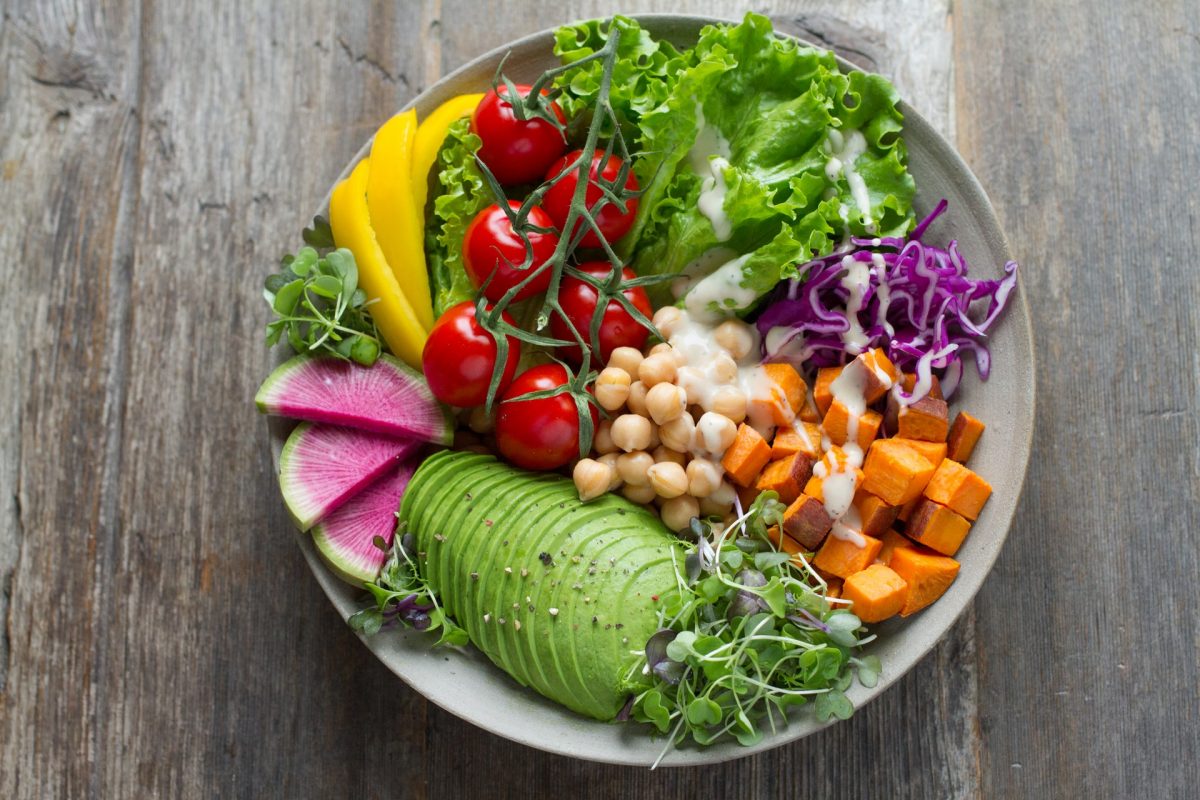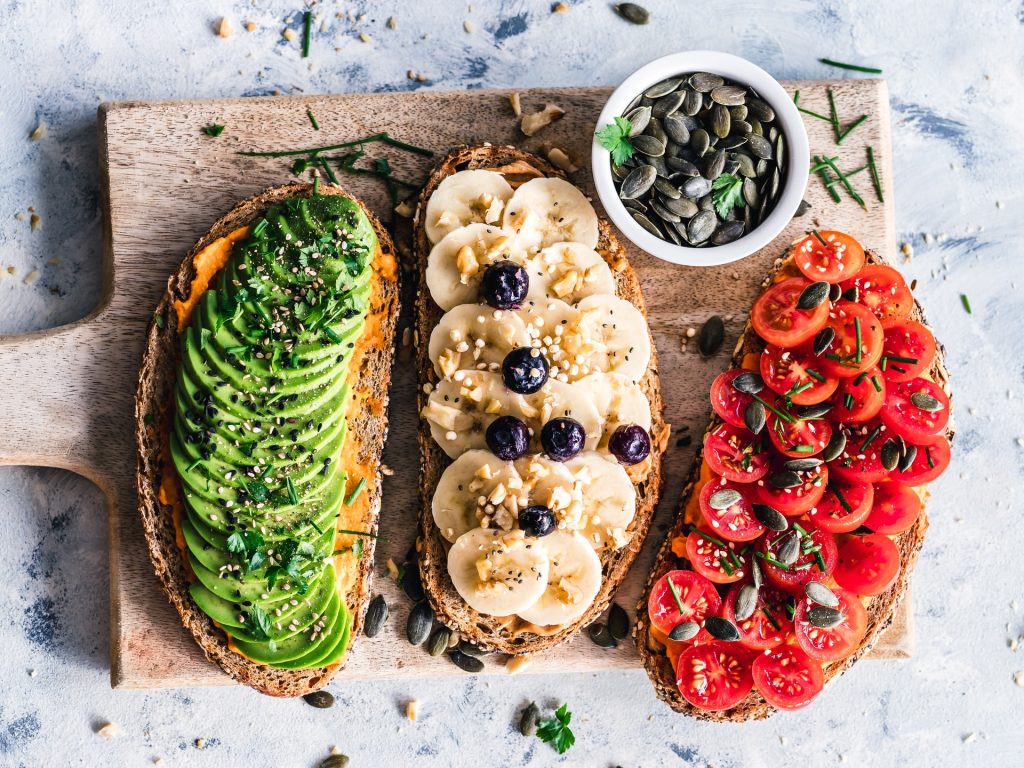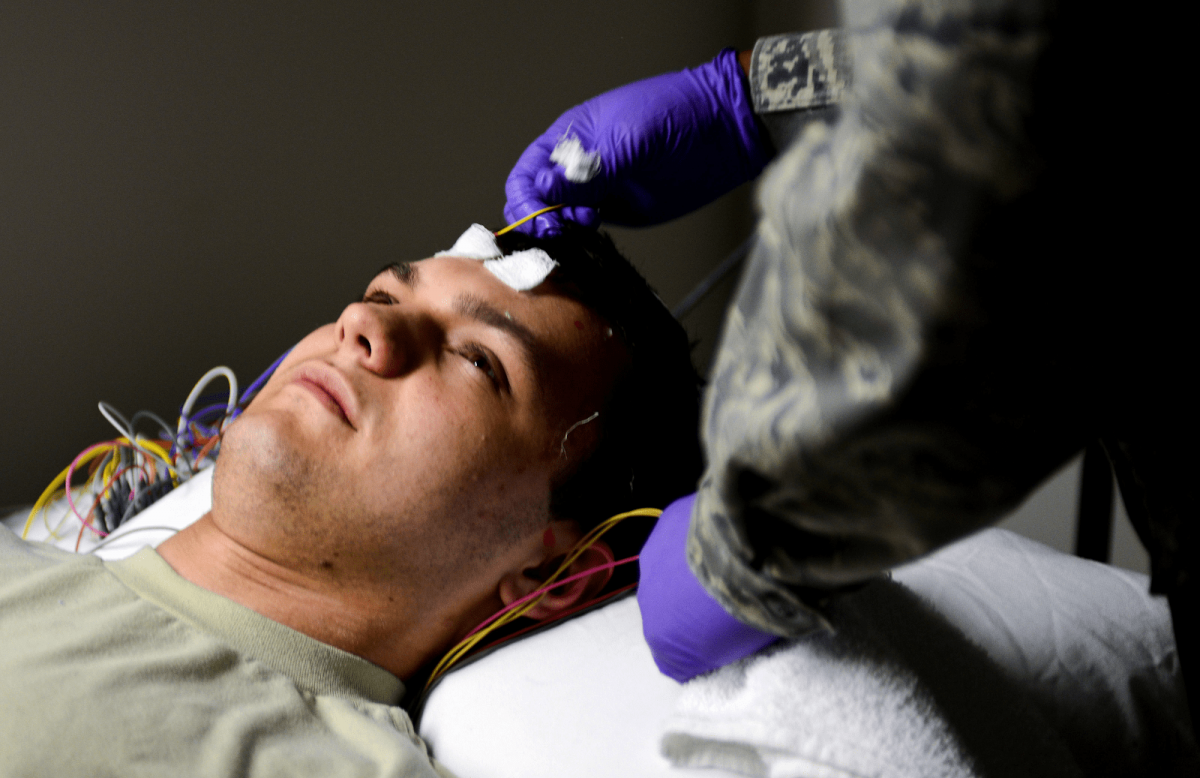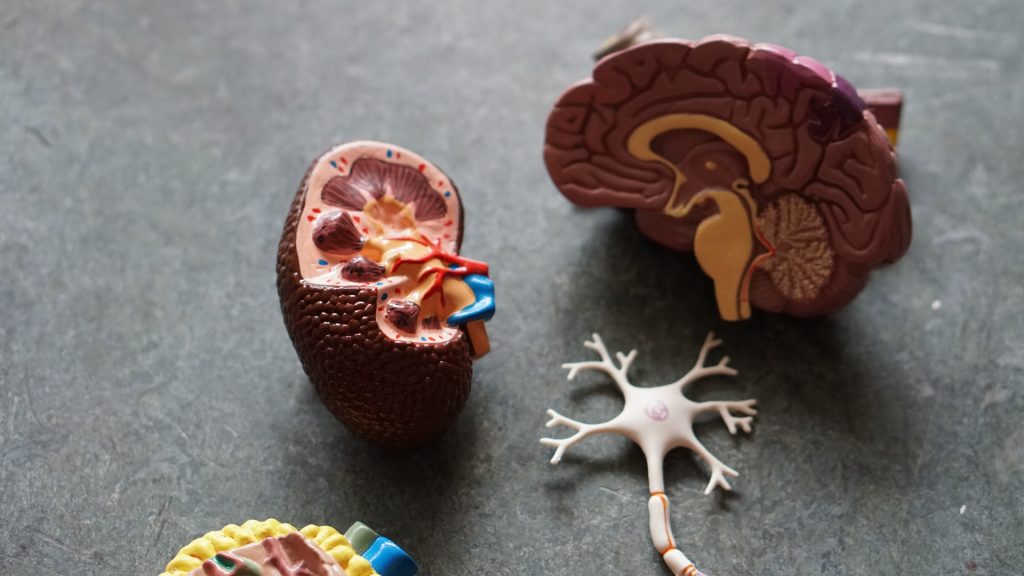With the outbreak of the COVID-19 virus, 2020 brought a lot of change, and the everyday lives of many people around the globe began looking different. While stay-at-home orders are still in place, most individuals slowly but surely are trying to adapt to life with restricted conditions where self-isolation is part of our daily routine. No matter how well you handle these unprecedented times, the current state of the world, being stuck at home, and receiving constant reminders of the dangers toward your health, can lead to increased stress levels and overall anxiety.
Luckily, you don’t have to accept this pressure and hard mental state, as your new normal. It’s a good time to consider using the help of natural supplements and pick up a CBD habit. Today, an increasing number of people are turning to use of CBD oil to provide relief in case of muscle pain and chronic aches, regulation of sleep quality, some good skincare, or peace of mind. With CBD products in your pocket, you will have something to reduce the stress associated with coronavirus, and lockdown can start to feel more manageable than ever before. So, let’s find out the best five ways to use CBD oil and alleviate stress & anxiety while staying at home.
Start Your Day On The Right Foot
If every morning becomes the most dreaded part throughout the day and seems like it controls you instead of the opposite, then creating a consistent routine can help to organise your time and cope with the stress. No matter what time you prefer to wake up, having a healthy morning can work wonders for your wellness and general well-being. A proper morning routine helps to centre your body and mind and change the full forecast of the upcoming day.

Cannabidiol (or CBD) is a natural and generally safe remedy that is known as an effective stress-reducer and mood-booster. It’s known to interact with the endocannabinoid system to stimulate special receptors in the brain and regulate most body functions. Since the endocannabinoid system is involved in basic processes occurring in an organism such as sleep, stress, appetite, mood, immune system, pain, memory, temperature, and others, CBD oil can help to provide relief and support all elements in balance.
One of the best and tasty ways to create a grounding morning ritual is to use CBD as a complement to your well-balanced breakfast or add a few drops of oil to your beverages. It can be coffee, tea, smoothie, juice, or any drink of your choice to help you relax, decrease stress, and boost energy levels to take on the day. Just remember to research a few different CBD oils first to ensure that you are making the right choice for your needs. For example, if you live in the UK, researching the top rated CBD oil UK customers can buy can help you to narrow down your options.
Improve Your Focus
Whether it’s work or home-related activities, many people are struggling to concentrate while staying indoors. Feeling concerned, anxious, stressed out as well as being subjected to any type of pain can make it hard to think straight, be productive, motivated, and concentrated on work and what you are doing at this very moment.
That is where CBD can come in handy. Diminishing pain, stress, and anxiety are one of the many potential benefits of CBD oil. By lowering stress levels, you are keeping your body out of all-consuming ‘fight-or-flight’ mode, which in turn helps to add more room for productivity and concentration. Also, CBD may help with hyperactivity and can act as a natural mood booster to maintain a more positive work environment and keep you in the zone while you are working.
If you are into vaping, inhaling CBD vape oil is a potent and tasty way to get CBD before work or during work and receive beneficial effects faster due to the high bioavailability. Vaping CBD oil might help to perceive each moment and distract from negative thoughts to be less reactive and more proactive in case of challenging situations. You can use CBD vape cartridges, disposable/reusable vape pens, or add CBD vape oil, e-liquid, and vape additives in a tank which heats the CBD oil into a vapour to experience positive effects.
Be Active & Meditate
Since the lines between work and home blur, it’s essential not to forget about self-care and save your focus toward your mental health by doing various activities intended to lower stress and promote wellness and happiness. Physical activity at any time of your day is a beneficial practice for good health and mental well-being. Despite the fact that gyms are closed, you can still do regular workout sessions and get good-body vibes indoors by using your room or any suitable place in your home.
You can do a 30-minute yoga session, complete a free online workout video, take a jog and power-walk around the block, or even take part in a mini-dance party with your family members. A good idea to refer to daily meditation to create an overall sense of well-being, alleviate stress, and boost concentration. This technique is especially effective for rebooting your brain in the mornings to start your day in a calm state of mind and in the evenings to experience restful sleep.
No matter what activity you choose, you can improve your exercise regime, regulate mood swings, stimulate energy, stamina, and concentration by taking CBD. It can also help to decrease pain and inflammation, heal injuries, and speed up post-workout recovery to continue on your goals toward physical and mental health.
Relax With Warm Bath
After a long and busy day full of various activities, incorporating time for relaxation can help to restore energy, relieve tension, and keep a person at his best. During this uncertain period, long soak in a bath tube is one of the pleasant and most satisfying methods to unwind. It can also contribute to more restful sleep, relief of muscle soreness, increased blood flow, and circulation.

The benefits of a warm bath before bed can be doubled with the use of CBD oil. You can pour a couple of drops into your bath or just use read-made CBD bath bombs to pamper yourself. Such bath time softens the skin and provides relaxation and fatigue relief while diminishing the appearance of age lines and scars. The topical application of CBD allows beneficial components to penetrate through the skin layers and work together with cannabinoid receptors. Bath bombs are also typically loaded with aromatic essential oils to enhance benefits to your skin by soothing and moisturising it.
As an addition, you can create a mini-spa setting and integrate CBD into your skincare routine by using CBD creams, lotions, and face masks or simply by adding your CBD oil in your skincare products. Regardless of the chosen way to spend your relaxing time, CBD enriched products can offer a well-rounded experience while supplying CBD advantages that you seek.
Create Perfect Sleep Regimen
Getting a good night’s sleep is vital for having the right start of your day. Lack of sleep might have a negative impact on your physical and mental health and flow-on effect on the rest of life. Furthermore, sleep deficiency can cause mood changes, weaken the immune system and lead to many chronic health conditions such as heart disease, obesity, diabetes, strokes, and even cancer.
As many people are subjected to different sleep disturbances such as insomnia, hypersomnia, and restless sleep, try to build a calming routine before going to bed. Try to refrain from the use of a phone at least two hours prior to bedtime, read a book or listen to a relaxing playlist, and consider using CBD oil canada to calm mindset and fall asleep faster and easier.
Consuming CBD oil before bed is a beneficial habit to improve sleep quality and enjoy better quality sleep. CBD is able to lower overactive thoughts and diminish anxiety, stress, and pain, which are the common triggers of troubles falling asleep. What’s more, the sublingual intake of CBD increases bioavailability and provides benefits quicker. Therefore, be sure to use oil or tincture before going to bed or keeping CBD products on your nightstand in case you can’t fall asleep faster. As a result, getting to bed early and sleeping from 7 to 9 hours per night can help to maintain optimum health, wake up earlier, enjoy sunlight, and also ensure you organism obtains needed vitamin D.




















